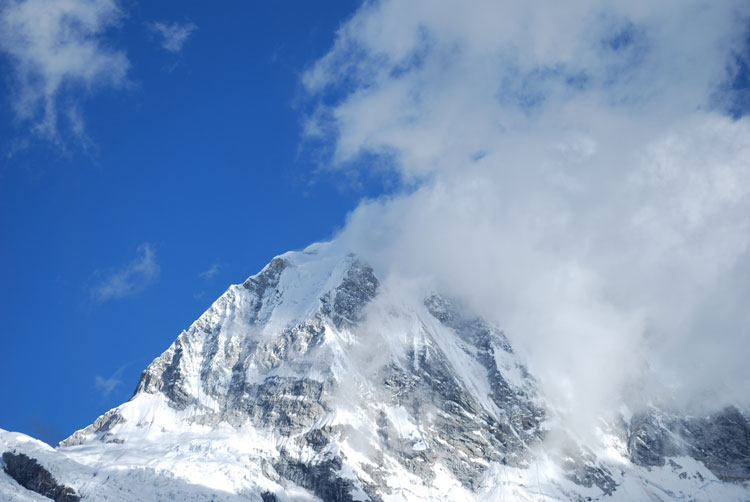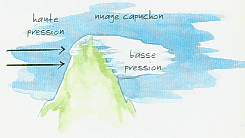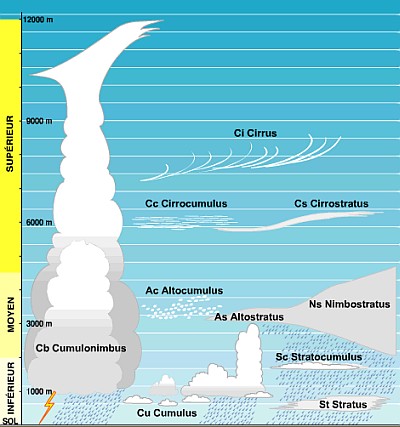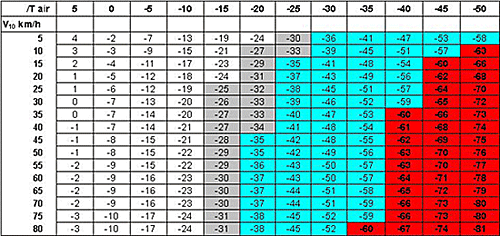
Eve Christian, a friend of Bernard, is a meteorologist, journalist and general science writer, and can be heard on CBC radio. As her way of accompanying our hero on his voyage to the roof of the world, she explained the challenges and beauties of high-mountain meteorology.
Copyright ©1999, Eve Christian, all rights reserved.


